Dispatcher vs. Pilot: A Partnership in Safety
While pilots command the aircraft from the flight deck, dispatchers command the flight plan from the ground. Together, they form a unique partnership where both share equal authority and responsibility for flight safety. Understanding their complementary roles reveals why this dual-control system has made commercial aviation the safest form of transportation.
Role Comparison
| Aspect | Aircraft Dispatcher | Pilot in Command |
|---|---|---|
| Primary Location | Airline Operations Center (Ground) | Flight Deck (Airborne) |
| Certification | FAA Aircraft Dispatcher Certificate | FAA Airline Transport Pilot License |
| Training Duration | 200+ hours (5-6 weeks) | 1,500+ flight hours minimum |
| Flights Managed | 10-30 flights simultaneously | One flight at a time |
| Work Environment | 24/7 operations center | Variable schedules, multiple time zones |
| Career Investment | $5,000-$10,000 training | $80,000-$200,000+ training |
Shared Responsibilities
Joint Authority Areas
- Flight Release: Both must agree before departure
- Route Selection: Collaborative decision on flight path
- Fuel Planning: Mutual agreement on fuel load
- Alternate Airports: Joint selection of diversion options
- Weather Decisions: Shared go/no-go determinations
- Safety Compliance: Both ensure regulatory adherence
“The pilot in command and the aircraft dispatcher are jointly responsible for the preflight planning, delay, and dispatch release of a flight in compliance with this chapter and operations specifications.”
– FAR 121.533
Unique Responsibilities
Dispatcher-Specific
- Pre-flight planning and analysis
- Weather pattern monitoring
- System-wide operational awareness
- Ground resource coordination
- Multiple flight management
- Regulatory filing and documentation
- Cost optimization analysis
- Ground-based communication hub
Pilot-Specific
- Aircraft control and operation
- Real-time weather avoidance
- Passenger and crew management
- Emergency response execution
- Air traffic control communication
- Visual flight conditions assessment
- Aircraft systems management
- Final safety decisions in flight
How They Work Together
Pre-Flight Phase
Dispatcher Actions:
- Analyzes weather patterns and forecasts
- Calculates optimal routing
- Determines fuel requirements
- Selects alternate airports
- Prepares comprehensive flight plan
Pilot Actions:
- Reviews dispatcher’s flight plan
- Checks aircraft condition
- Evaluates crew readiness
- Discusses any concerns with dispatcher
- Agrees to flight release
In-Flight Phase
Dispatcher Actions:
- Monitors flight progress continuously
- Tracks weather changes
- Communicates updates via ACARS
- Coordinates with ATC as needed
- Prepares contingency plans
Pilot Actions:
- Flies the planned route
- Avoids weather hazards
- Reports significant changes
- Requests dispatcher input on diversions
- Executes agreed-upon changes
Emergency Situations
Dispatcher Actions:
- Provides immediate support
- Calculates diversion options
- Coordinates ground resources
- Notifies relevant parties
- Documents decisions
Pilot Actions:
- Maintains aircraft control
- Executes emergency procedures
- Communicates with dispatcher/ATC
- Makes immediate safety decisions
- Lands at suitable airport
Communication Methods
ACARS (Aircraft Communications Addressing and Reporting System)
Digital datalink for text-based messages, weather updates, and flight plan modifications
Voice Communication
Direct radio or satellite phone for urgent matters and complex discussions
Company Frequency
Dedicated airline radio channels for operational communications
Career Considerations
Choosing Dispatcher Career
Advantages:
- Faster entry into aviation career
- Lower training costs
- Home every night (no travel)
- Manage multiple flights
- Behind-the-scenes impact
Considerations:
- Shift work required
- High-stress environment
- Less public recognition
- Office-based work
Choosing Pilot Career
Advantages:
- Direct aircraft control
- Travel opportunities
- Higher earning potential
- Public recognition
- Varied work environments
Considerations:
- Extensive training time/cost
- Away from home frequently
- Medical certification requirements
- Mandatory retirement age
A Partnership Built on Mutual Respect
“The best flights are those where the dispatcher and pilot work as a seamless team. We each bring unique perspectives and expertise, but we share the same goal: getting everyone safely to their destination. When this partnership works well, it’s aviation at its finest.”
– Captain James Wilson, 20-year airline veteran
“Pilots are our eyes and hands in the sky, while we provide the broader operational picture from the ground. Neither role is more important than the other – we’re two halves of the same safety equation.”
– Maria Rodriguez, Chief Dispatcher
Both Careers, One Mission: Safety
Whether you choose to serve aviation from the ground or the sky, you’ll be part of the world’s safest transportation system.
